A detailed description of how to clean the Xiaomi robot vacuum cleaner correctly - cleaning steps, nuances, consumables
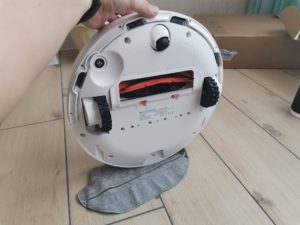 Any vacuum cleaner requires periodic cleaning to free the container from accumulated debris, to replace the water in the tank.
Any vacuum cleaner requires periodic cleaning to free the container from accumulated debris, to replace the water in the tank.
The same applies to robotic vacuum cleaners.Along with this, consumables (brushes, sponges) are changed.
How often do you need to clean up? And how is it done correctly? What nuances should I pay attention to based on the functionality of the robot vacuum cleaner?
Content
Why regular cleaning is a must
In addition to the need to empty the garbage container, maintenance is carried out to:
- Replacement consumables. And these are filters, brushes, sponges for wet cleaning. All of them have a certain operational resource. The frequency of replacement must be indicated in the technical instructions with which the device is supplied.
- Sensor cleaning. The robot vacuum cleaner for positioning in space uses a set of optical, laser, ultrasonic sensors. And over time, they are sure to get dirty, as the device works with garbage, dust. And if you do not clean and wipe the sensors in a timely manner, the robot will begin to encounter obstacles, the function of the interactive map and virtual walls will stop working normally. There is also a risk of the vacuum cleaner tipping over or falling off a high threshold or steps. This may even lead to irreparable damage or damage to the robot.
- Brush cleaning. Over time, debris is wound around them, which is not removed due to the air flow. Therefore, complete with robotic vacuum cleaners from Xiaomi, there is also a tool for cutting wound lint and hair. If this is not done, the quality of cleaning will deteriorate significantly, and there is also a risk of damage to the rotating bearings. Subsequent repairs will cost much more than buying new brushes.
 How to clean
How to clean
Conditionally, maintenance can be divided into the following stages:
- Container cleaning. That is, the release of it from the accumulated debris.
- Filter cleaning. Executed as needed.
- Brush cleaning. We are talking about cutting the wound pile, hair. Often, sticky debris (for example, a wrapper with glue residue) “clings” to the brushes.
- Cleaning axles and wheels themselves.
- Cleaning the nozzle, liquid container (in models that support the "wet cleaning" function).
- Cleaning sensors.
 Cleaning the container
Cleaning the container
It is performed as needed or when the built-in sensor is triggered. The algorithm of actions is as follows:
- Open the top cover.
- Move the grooves that hold the container. Be sure to do this at the same time to avoid skewing the container.
- Remove the container itself by pulling it up.
- Swing out the side removable latch. It is necessary to do this above the garbage container, as some of the dust will definitely fall out.
- Immediately behind the latch is a sponge filter. It must be carefully removed and shaken off the dust.
- Shake out the container. To do this, you also need to use a special brush (in most robotic vacuum cleaners it comes with the kit).
- Install the filter in place, align it. It is necessary to ensure that there are no gaps between the groove hole and the container itself.
- Install the container back into the robot vacuum cleaner "until it clicks".
- Close the lid.
 Filter cleaning
Filter cleaning
This procedure is generally performed each time the dust container is emptied. The filter is simply shaken out, then put back in place. Approximately 1 - 2 times a month it is washed (if provided by the manufacturer, it is necessary to specify in the instructions).
This is done only with water, without the use of detergents, washing powder or soap (due to them, the pores of the sponge filter are clogged, its efficiency and service life are reduced).
 brush cleaning
brush cleaning
Robot vacuum cleaners use 2 types of brushes to clean:
- Lateral (also sometimes called "radial"). Service as needed.
- Turbo brush (or "main"). Located at the bottom, rotates during operation. It is on her that pile and hair are most often wound.
To clean the brushes, it is recommended to use a special hook tool (supplied). With it, you can easily cut the wound debris. As the brushes wear out, they are replaced. Typically, this is done every 6 to 12 months.
Turbo brushes are serviced in a similar way. But there are several nuances:
- For more convenient work, they can be removed. To do this, turn off the vacuum cleaner, turn it over, slide the protective cover behind which the brush is hidden.Push the latch and pull the brush to the side. Next, carefully remove the bearing (located in most models only on one side).
- The bearing is cleaned with the supplied brush. It does not require lubrication, as it comes in a sealed housing that prevents dust and debris from entering. When worn, simply install a new turbo brush (supplied with bearing).
 Cleaning axles, wheels
Cleaning axles, wheels
Wheels in robotic vacuum cleaners are attached to a rotating axle. And hair, pile, and dust are also periodically wound on it.
Cleaning is done as follows:
- Turn off the robot vacuum cleaner, turn it upside down.
- Grab the wheel carefully and pull it up. In some models, it must first be pushed a little to the side.
- Using a soft brush, clean the axles, the wheel itself from lint, debris.
- Install the wheel in reverse order.
- Repeat the procedure for each wheel.
Guide wheels (not available in all models), which do not have their own axis, are simply cleaned with a brush. Can the wheels be washed? Only if it is expressly stated in the instructions.
 Cleaning the nozzle, fluid container
Cleaning the nozzle, fluid container
The container is serviced as needed. To do this, you also need to turn off the vacuum cleaner, open the top cover, slide the latches, pull out the container. Next - flip the valve and drain the remaining water, fill in a new one.
The nozzle does not need to be serviced. But, as practice shows, it periodically clogs. Most often this is due to the use of dirty water for refueling (fractions of more than 1 millimeter can lead to a “plug”). In such cases, it is recommended to contact the service centers.
Also, if the sponge is not wetted during cleaning, this may indicate a clogged rubber seal, which is located between the tank itself and the groove in which it is installed. There is a small slot at the junction with the nozzle. It is necessary to check if there is any dirt there, if it is present, remove it.
The container is washable.
 Sensor cleaning
Sensor cleaning
How many of them and where they are located is indicated in the technical instructions. In most cases - on the side face.
To clean the sensors, it is enough to thoroughly wipe the case with a dry soft cloth or sponge. Cleaning is done as needed.
 Charging Station Care
Charging Station Care
The recharging station is cleaned only with a dry sponge. Be sure to first disconnect the docking station from the mains. The contact pad is also wiped with a dry cloth. It is recommended to do this every 2 weeks.
 When to replace consumables
When to replace consumables
Under the "consumables" for robotic vacuum cleaners should be understood as filters and the brushes themselves.
Filter
Change every 3 to 6 months with regular use of the robot vacuum cleaner (about 2 times a week cleaning the room).
brushes
Replace every 12 to 15 months as needed. Control directly on the state of the brushes themselves, as well as on the quality of the cleaning performed by the robot in the room.
In total, timely cleaning of the robot vacuum cleaner is a guarantee that the equipment will last a long time and without any breakdowns. The most important thing is to follow the manufacturer's recommendations. The maximum information is contained in the technical instructions themselves (as well as on the official website of the manufacturer).
Useful video
In this video you will learn how to clean Xiaomi robot vacuum cleaner:



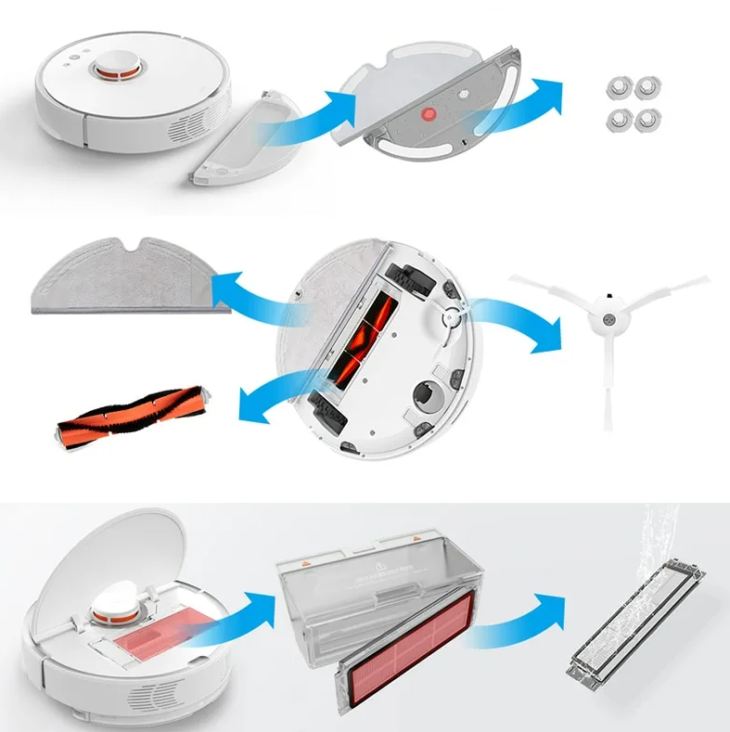 How to clean
How to clean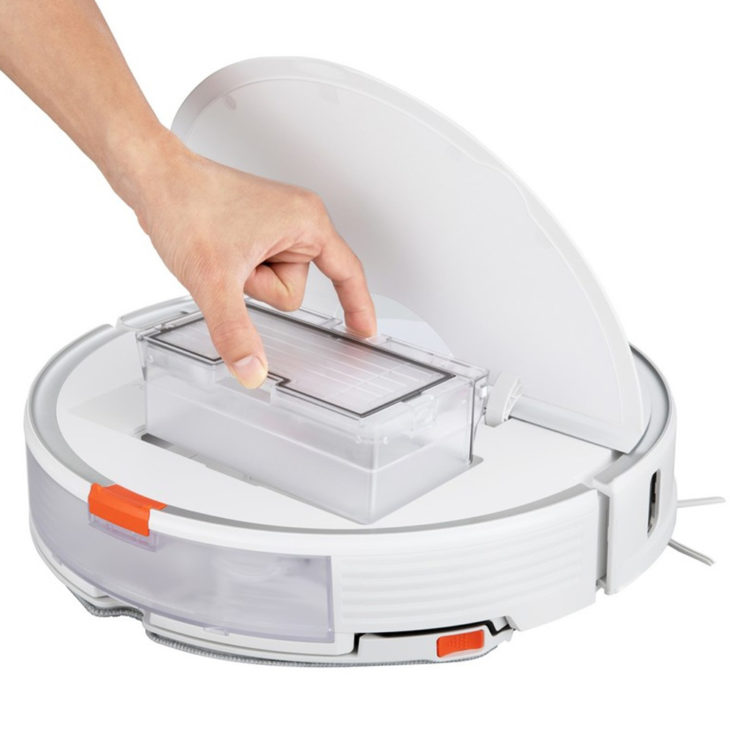 Cleaning the container
Cleaning the container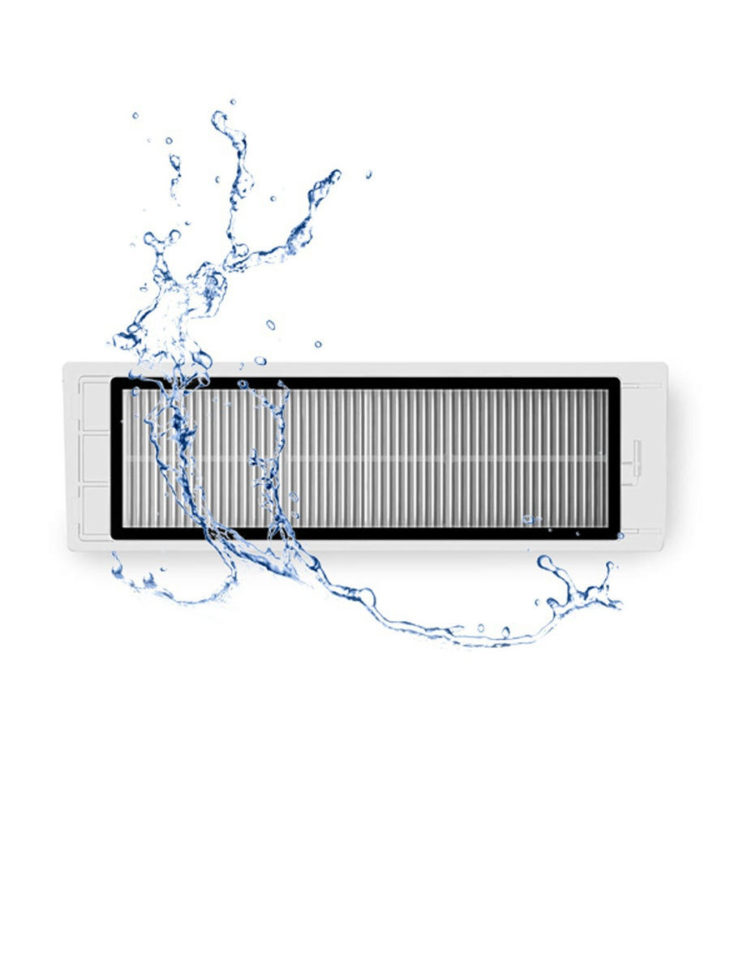 Filter cleaning
Filter cleaning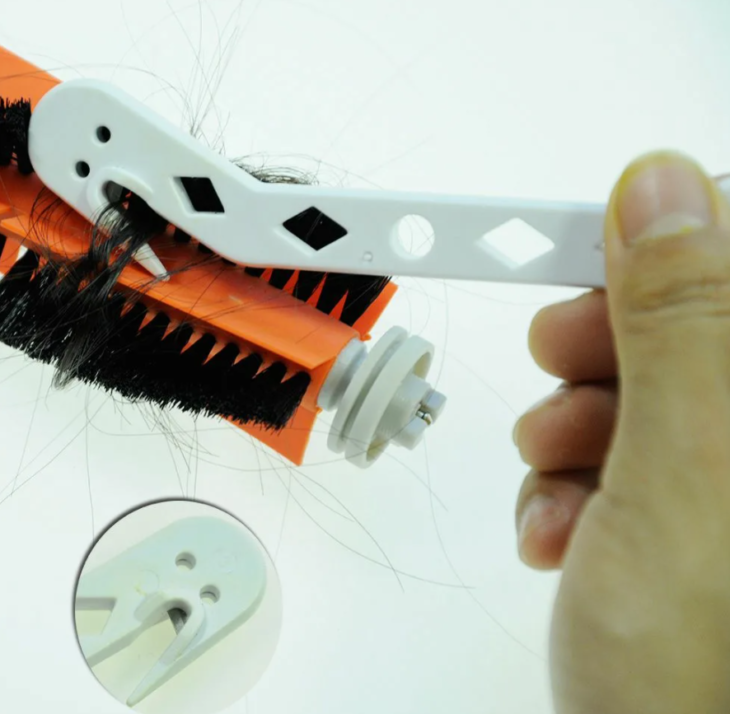 brush cleaning
brush cleaning Cleaning axles, wheels
Cleaning axles, wheels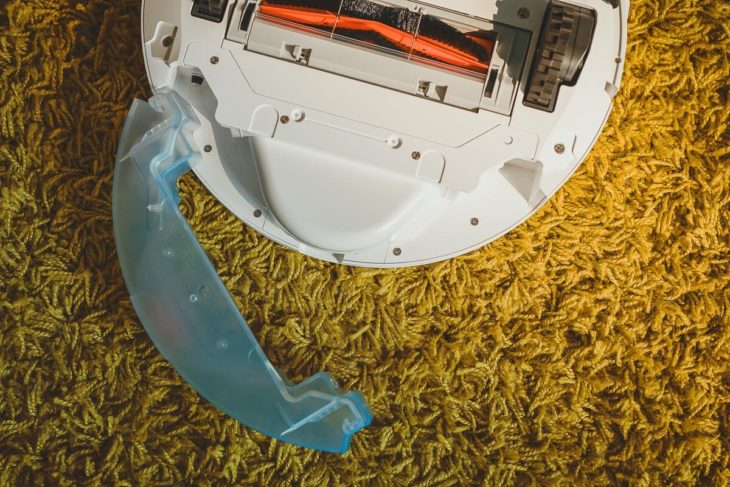 Cleaning the nozzle, fluid container
Cleaning the nozzle, fluid container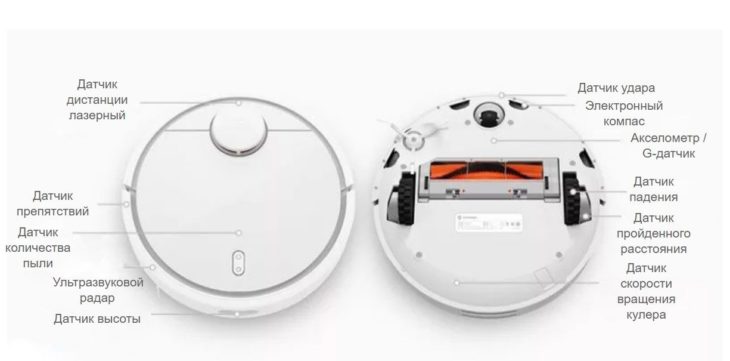 Sensor cleaning
Sensor cleaning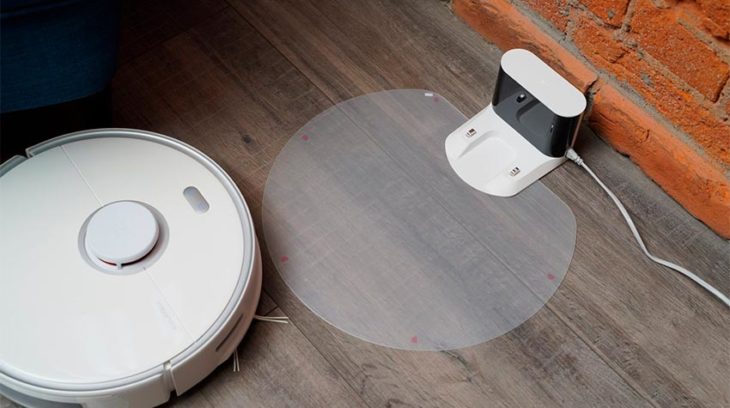 Charging Station Care
Charging Station Care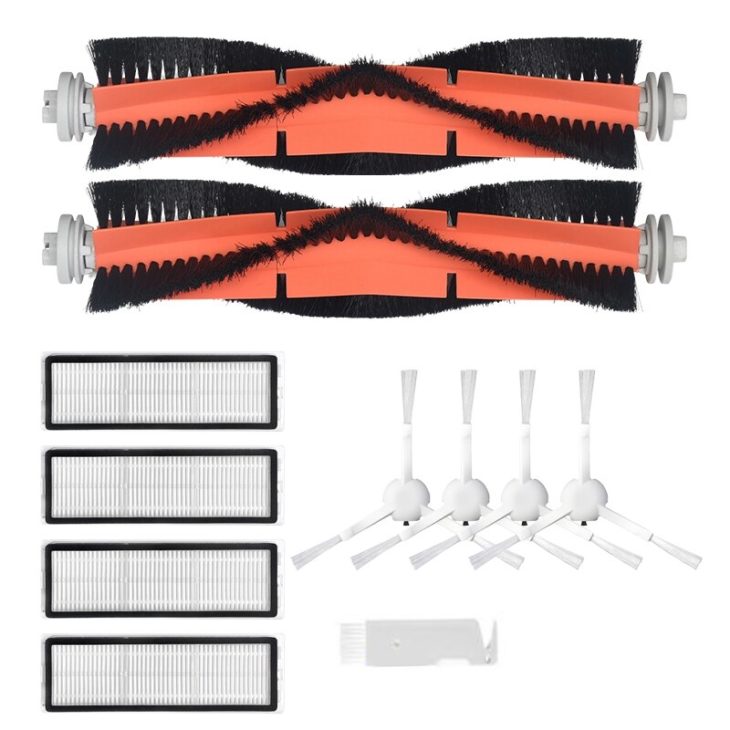 When to replace consumables
When to replace consumables